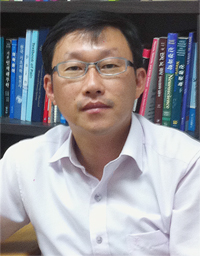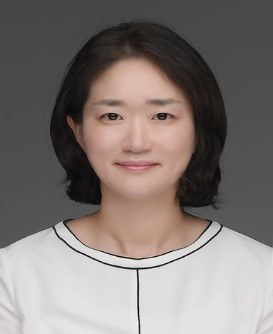| main paper |
1. Jung SC, Eun SY, Kim J, Hoffman DA, Kv4.2 block of long-term potentiation is partially dependent on synaptic NMDA receptor remodeling. Brain Res Bull. 2011 Jan 15;84(1):17-21. Epub 2010 Oct 8.
2. Jung SC, Hoffman DA, Biphasic somatic A-type K+ channel downregulation mediates intrinsic plasticity in hippocampal CA1 pyramidal neurons. 2009, PLoS ONE, in press
3. Jung SC, Kim J, Hoffman DA, Rapid, bidirectional remodeling of synaptic NMDA receptor subunit composition by A-type K+ channel activity in hippocampal CA1 pyramidal neurons. Neuron, 2008, Nov 26;60(4):657-71
4. Kim J, Nadal M, Clemens AM, Baron M, Jung SC, Misumi Y, Rudy B, Hoffman DA, The Kv4.2 accessory protein DPPX is a critical regulator of membrane excitability in hippocampal CA1 pyramidal neurons. J Neurophysiol., 2008 Oct;100(4):1835-47
5. J Kim, SC Jung, AM Clemens, RS Petralia, DA Hoffman, Regulation of dendritic excitability by activity-dependent trafficking of the A-type K+ channel subunit Kv4.2 in hippocampal neurons. Neuron, 2007, Jun 21:54(6):850-2
6. IS Choi, JH Cho, JH, Kim, SC Jung, YC Bae, MG Lee, BJ Choi, Excitability of CA1 neurons in the model of malformation-associated epilepsy. Neuroreport, 2004 Jul 19; 15(10) : 1939-42
7. SC Jung, JH Kim, IS Choi, JH Cho, YC Bae, MG Lee, HC Shin, BJ Choi, Corticothalamic modulation on formalin-induced change of VPM thalamic activities. Neuroreport, 2004 Jun 28; 15(9):1405-1408
8. SJ Oh, SC Jung, OB Kwon, YS Kim, MY Kim, S Kim, S Lim, HC Shin, Hypothermia-induced changes of afferent sensory transmission to the VPM thalamus of rats and hamsters. Brain Res. 2004 Apr 2;1003(1-2):122-9.
9. SC Jungand HC Shin, Suppression of temporary deafferentation-induced plasticity in the primary somatosensory cortex of rats by GABA antagonists. Neuroscience Letters, 13;334(2):87-90, 2002
10. SC Jung and HC Shin, Reversible changes of presumable synaptic connections between primary somatosensory cortex and ventral posterior lateral thalamus of rats during temporary deafferentation, Neuroscience Letters, 331/2, 111-114, 2002.
11. YS Son, HJ Park, OB Kwon, SC Jung, HC Shin and S Lim, Antipyretic effects of acupuncture on the lipopolysaccaride-induced fever and expression of interleukin-6 and interleukin-1[beta] mRNAs in the hypothalamus of rats. Neuroscience Letters, Feb 8;319(1):45-48, 2002
12. TH Yoon, EJ Hwang, DY Shin, SI Park, SJ Oh, SC Jung, HC Shin and SJ Kim, A micromachined silicon depth probe for multichannel neural recording, IEEE Trans, on Biomedical Eng. 47(8): 1082-1087, 2000
13. CK Won, SJ Oh, SC Jung, YR Choi, YI Kim, JW Leem and HC Shin, Activity-dependent conduction velocity changes of A-delta fibers in a rat model of neuropathy, Neuroreport 8:3201-3205, 1997
14. HC Shin, CK Won, SC Jung, SJ Oh, SH Park and JH Son, Interhemispheric modulation of sensory transmission in the primary somatosensory cortex of rats, Neuroscience Letters, 230:137-139, 1997
15. HC Shin, SJ Oh, SC Jung, JS Park and CK Won, Differential changes of short and long latency sensory response in the SI cortex by IL-6, NeuroReport 8:2841-2844, 1997
16. HC Shin, SJ Oh, SC Jung, YR Choi, CK Won and JW Leem, Activity-dependent conduction latency changes in A-beta fibers of neuropathic rats, NeuroReport 8:2813-2816, 1997 |















 예비대학생
예비대학생 재학생
재학생 졸업생
졸업생 일반인
일반인 교직원
교직원